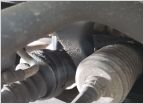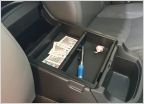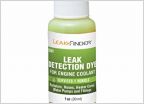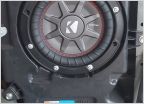-
Welcome to 4Runners.com!
You are currently viewing as a guest! To get full-access, you need to register for a FREE account.
As a registered member, you’ll be able to:- Participate in all 4Runner discussion topics
- Transfer over your build thread from a different forum to this one
- Communicate privately with other 4Runner owners from around the world
- Post your own photos in our Members Gallery
- Access all special features of the site
SOLVED: V6 code P0301 caused by rodent eaten injector wires
Discussion in '4th Gen 4Runners (2003-2009)' started by rickst29, Dec 26, 2023.


 '04 rear hatch won't close
'04 rear hatch won't close Differential Leak
Differential Leak OEM Gas cap for 2006 4runner (SR5)
OEM Gas cap for 2006 4runner (SR5) Center console tray and divider for 2003-09 4Runner
Center console tray and divider for 2003-09 4Runner Coolant Leak
Coolant Leak Replacement woofer on stock JBL in my gen4
Replacement woofer on stock JBL in my gen4






